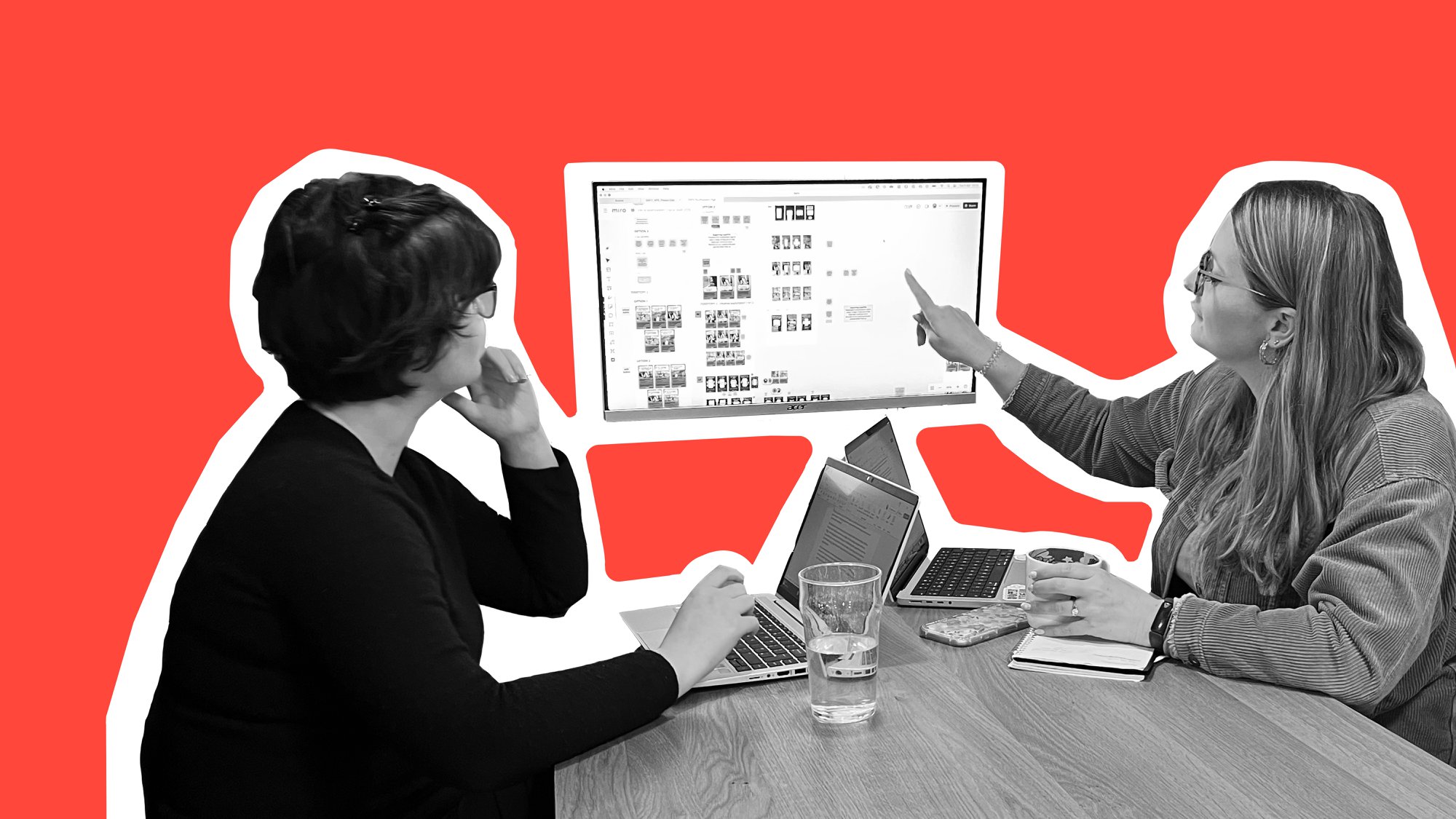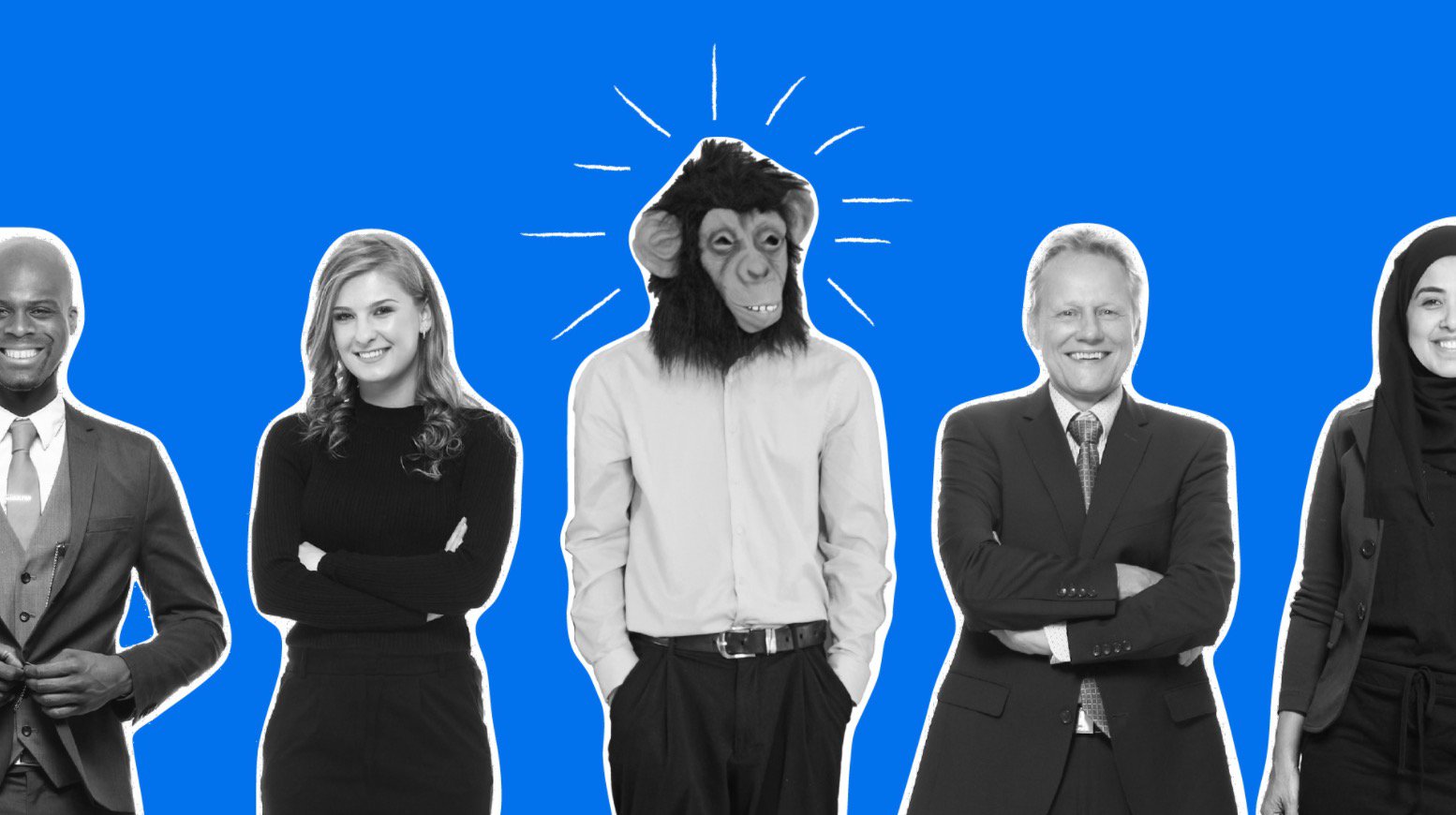Why behavioural science is more relevant now than ever before

I think we can all agree that life has changed in some seriously significant ways in what feels like a pretty short space of time. The effects of climate change, a global pandemic, the increased awareness of underlying biases and privileges which contribute to social injustices, the increased prominence of health and wellbeing issues, both mental and physical. Add this to the drastic surge in technological capability and it is easy to understand how we might feel rather overwhelmed by so much change.
So where does behavioural science come into all of this, and why is it particularly relevant now?
Well, at the heart of all this change are people, be they as consumers, employees, decision-makers or simply as everyday citizens.
Understanding people; how we think, how we behave, how we’re influenced, what drives us, how we respond to context etc. – feels more relevant than ever before as we both navigate and, ideally steer, a period of much-needed change.
Our behaviour is a direct interplay between our individual “self” and our response to the environment around us. This response to context is one of the most under-recognised influences of behaviour and is also incredibly complex. This might include social dimensions such as what our friends do, what we think they’d expect us to do, or even a behaviour that has been modelled for us by someone completely unknown to us. Equally, these contextual influences might also lie in the physical environment, such as the amount of time we have available, the way a situation is presented to us, rules and regulations etc.
When we look under the bonnet of our individual “self” we find a wide range of factors, ranging from our identities, motivations and plans, to our habits, capabilities (including knowledge) and cognitive systems. I might be motivated to live as sustainably as I can, but I might not know all the ways in which I can be more sustainable in my daily life. Or alternatively, this desire to be sustainable might be trumped in the moment by other motivations, such as to live in a cosmopolitan city, where the infrastructure isn’t yet optimised for sustainable living.
With all this in mind, business and brand leaders have a particularly interesting task at present. How do you drive and navigate change amongst customers, employees, and shareholders?
Behavioural science has a role to play in better informing how to connect with customers. From understanding them as people, their drives and motivations, to understanding how they make decisions, either in a consumption or shopping context. Or even helping brand leaders work out the optimal way of communicating ESG credentials without diluting the brand’s distinctive positioning.
Similarly, it can help business leaders design their workplaces to ensure their employees thrive. Ensuring wellbeing and productivity go hand in hand. Helping P&C teams embed fairness and inclusion into the structural and cultural dynamics of the organisation. Developing new cultures by which a revised set of values and behaviours becomes normalised.
And, perhaps surprising, behavioural science is also being used more in the C-Suite. Helping leaders embed purpose into organisation, navigating pressures both with shareholders and amongst employees, customers and suppliers. Or simply to improve decision-making throughout the organisation.
In short, behavioural science can bring immeasurable benefits (as well as some measurable ones!) to an organisation. It can be utilised to build strategies which will actually drive desired results and steer the behavioural changes we want to see. It enables us to implement those strategies, ensuring that intentions get carried through to action and don’t fall by the wayside due to a lack of capability, opportunity or insufficient motivation. It can impactfully communicate with audiences, be they employees or customers, by understanding them at a cognitive, emotional, and social level. Most importantly, it can be used to drive positive change – isn’t that what we all want?





